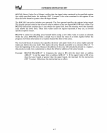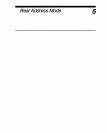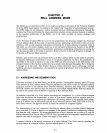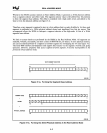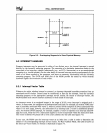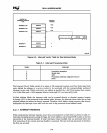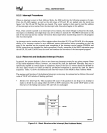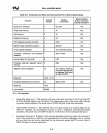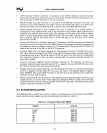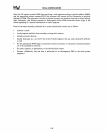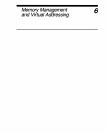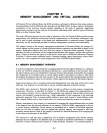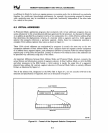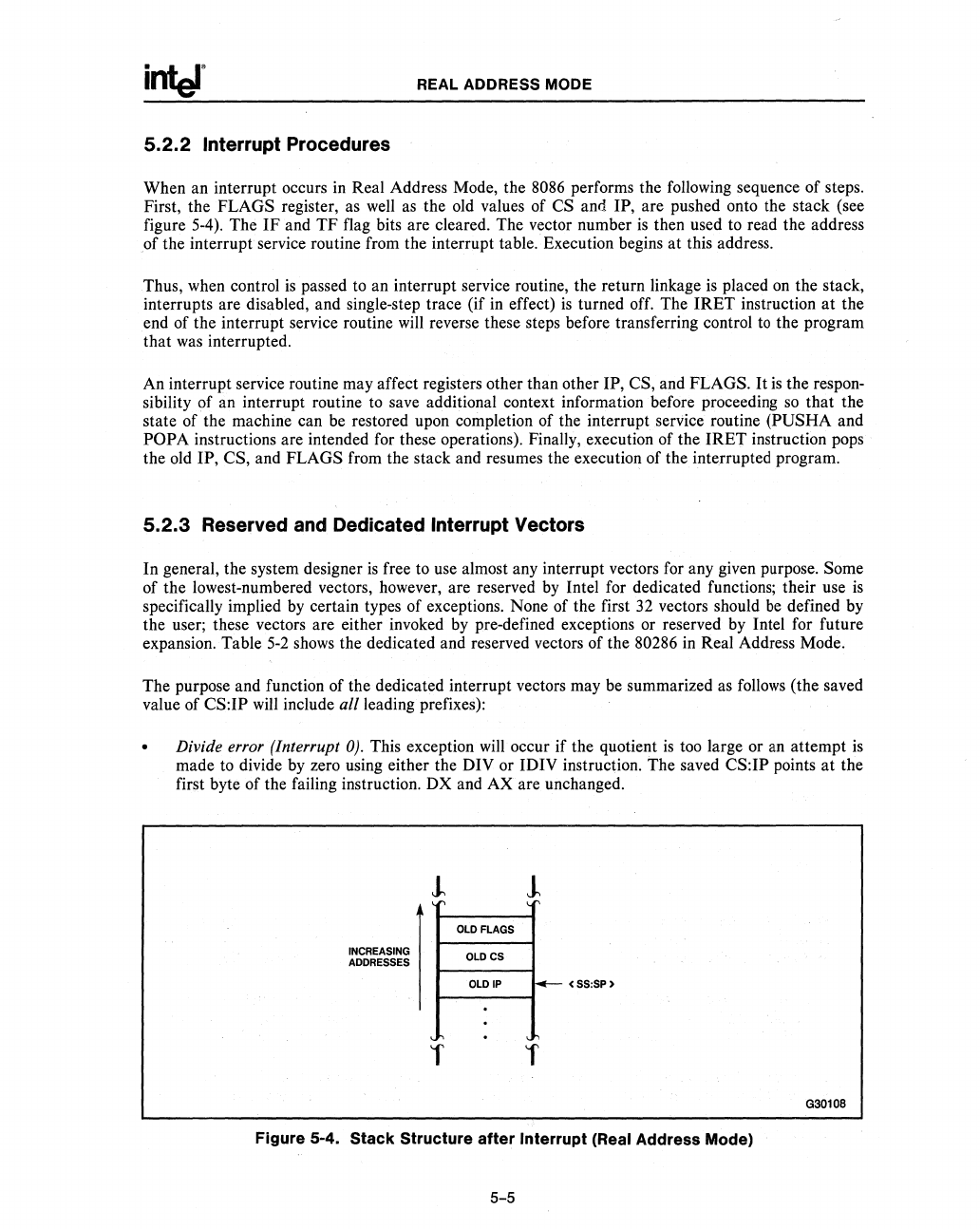
inter
REAL ADDRESS MODE
5.2.2
Interrupt Procedures
When an interrupt occurs
in
Real Address Mode, the 8086 performs the following sequence of steps.
First, the
FLAGS register, as
well
as
the old values of CS and IP, are pushed onto the stack (see
figure
5-4).
The
IF
and
TF
flag bits are cleared. The vector number
is
then used to read the address
of the interrupt service routine from the interrupt table. Execution begins at this address.
Thus, when control
is
passed to an interrupt service routine, the return linkage
is
placed
on
the stack,
interrupts are disabled, and single-step trace (if
in
effect)
is
turned off. The
IRET
instruction
at
the
end of the interrupt service routine
will
reverse these steps before transferring control
to
the program
that
was
interrupted.
An interrupt service routine may affect registers other than other JP, CS, and FLAGS.
It
is
the respon-
sibility of an interrupt routine
to
save additional context information before proceeding
so
that the
state of the machine can be restored upon completion of the interrupt service routine
(PUSHA and
paPA
instructions are intended for these operations). Finally, execution of the
IRET
instruction pops
the old
IP, CS, and FLAGS from the stack and resumes the execution of the interrupted program.
5.2.3
Reserved
and
Dedicated Interrupt Vectors
In general, the system designer
is
free to use almost any interrupt vectors for any given purpose. Some
of the lowest-numbered vectors, however, are reserved
by
Intel for dedicated functions; their use
is
specifically implied
by
certain types of exceptions. None of the first
32
vectors should
be
defined by
the user; these vectors are either invoked by pre-defined exceptions or reserved by Intel for future
expansion. Table
5-2
shows
the dedicated and reserved vectors of the 80286
in
Real Address Mode.
The purpose and function of the dedicated interrupt vectors may be summarized
as
follows
(the saved
value of
CS:IP
will
include all leading prefixes):
Divide error (Interrupt
0).
This exception
will
occur if the quotient
is
too large or
an
attempt
is
made to divide by zero using either the DlV or IDIV instruction. The saved CS:IP points at the
first byte of the failing instruction. DX and AX are unchanged.
INCREASING 1
ADDRESSES
'r
'r
OLD FLAGS
OlDCS
OLD
IP
r--
< SS:SP>
.
,~
G30108
Figure 5·4. Stack Structure after Interrupt (Real Address Mode)
5-5



